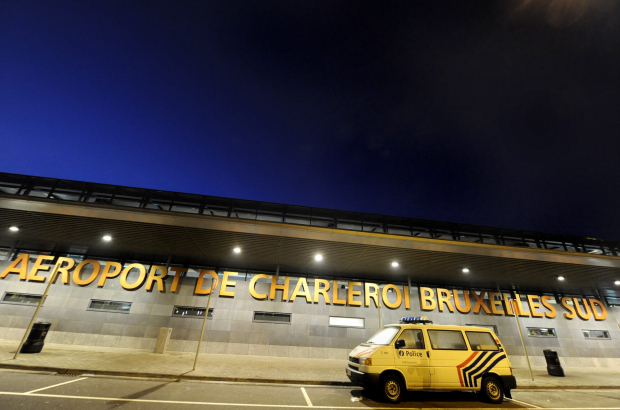- Daily & Weekly newsletters
- Buy & download The Bulletin
- Comment on our articles
Monitoring committee's Chovanec report shows 'culture problem' within Charleroi police
The P Committee, the external monitoring body for the police, has released its first conclusions in the case pertaining to the arrest and subsequent death of the Slovak national Jozef Chovanec in 2018 and the behaviour of the Charlerloi Airport police during his detention.
The first report from the committee points to a culture problem within the police stationed at the airport, the scene of Chovanec’s arrest and detention. The police supervisory body has identified a series of red flags which should have alerted members of the police hierarchy to possible dangers before the events that occurred in February 2018. It also notes that the now infamous images of the police intervention aimed at subduing the Slovak national as he entered a manic state had been seen by many members of the airport police without any of them deeming it necessary to inform the disciplinary authorities.
Jozef Chovanec died on 27 February 2018 at the Marie Curie Hospital in Charleroi, where he was transferred after suffering a heart attack in the early hours of 24 February. Images and video footage showed the Slovak citizen becoming delusional before being brutally subdued in an airport cell. He was held in a stress position by officers for several minutes, with his head wrapped in a blanket, before being injected with a painkiller. In the footage, which was leaked to the press, several officers are seen smiling and laughing, while a policewoman even makes a Nazi salute in response to Chovanec’s screams in German. A judicial investigation is currently under way.
The P Committee focused on the flow of information within the police. Top levels of the police hierarchy were never made aware of the particular circumstances of the intervention and, above all, never saw the video of it. The release of the infamous images in August 2020 caused a major scandal and shook the federal police to its higher echelons.
The report notes that the details of the events which were passed to the chief inspectors of the airport police (LPA) and its director (the administrative police officer on duty on the night in question) were sufficient for them to be transmitted to a higher level, in this case the DAO (Administrative Police Operations Directorate).
Moreover, the filing of a complaint by Chovanec's wife and brother, as well as the repeated interventions of the ambassador of Slovakia and requests for information from the press service of the General Police Commissioner of the Federal Police, should have set alarm bells ringing.
The images of the intervention were copied from a USB stick handed over to the courts and then returned to the head of the department of the Gosselies LPA, the unit responsible for Charleroi Airport, on 8 March 2018.
On 21 March, a debriefing was organised in the presence of the majority of those involved in the case, the director of the LPA, its operational manager, and its welfare manager, among others. The images were not shown at this debriefing. The reason which has been given for this is that the authorities did not want the images to pollute the police’s version of events.
The committee has asked why the authorities did not verify their account by using the images considering that the images had been available for several days and had already been seen by several police officers from the Gosselies LPA. A senior inspector even showed them to the Police Academy's monitors, also in attendance at the 21 March briefing, for a few minutes. The chief of the Gosselies LPA later said he deleted the images from the USB stick without looking at them because they are part of the court record.
The report identifies a confusion of roles within the police, a lack of feedback and cohesion when passing on responsibilities, and an apprehension to fully investigate and consider the incident based solely on the desire to protect the officers involved.
The committee also looked at the transmission of information between the office of the then interior minister, Jan Jambon, and the police. It points to a tendency to bypass the police hierarchy altogether. Discussions apparently took place within the management structure but were not forwarded to the Director General of the Administrative Police or the Commissioner General, something that should have become standard practice following the Brussels terrorist attacks of 2016.
The House Committee on the Monitoring of Committee P will consider this first report on Monday.
The P Committee is not a disciplinary body. Police have opened an internal investigation into the incident, which is still ongoing, interior minister Annelies Verlinden said on Wednesday. It is only when the final conclusions are known that further steps can be taken.



















